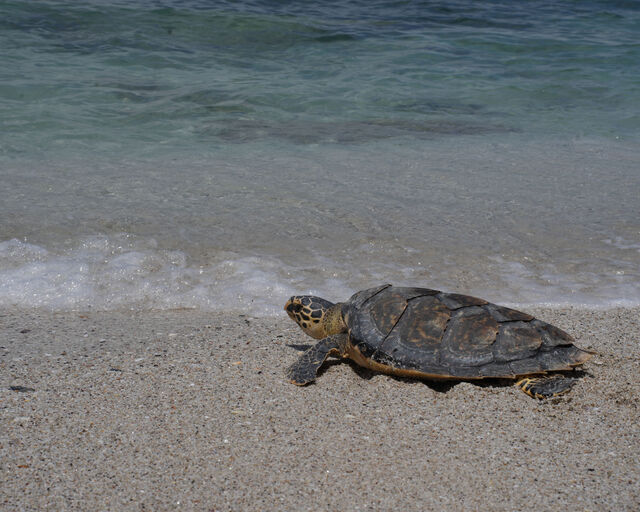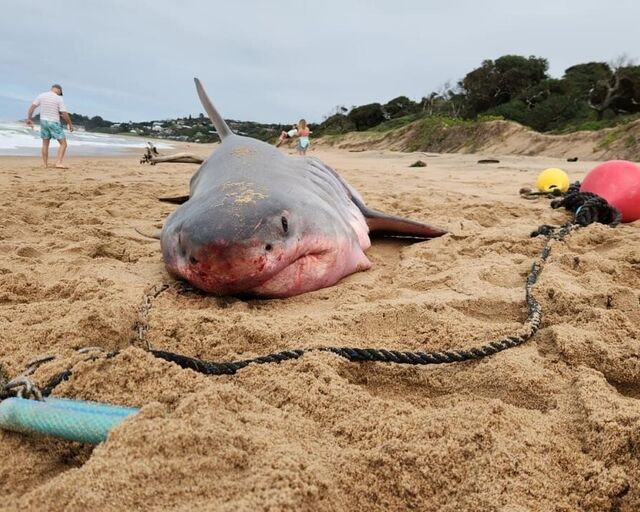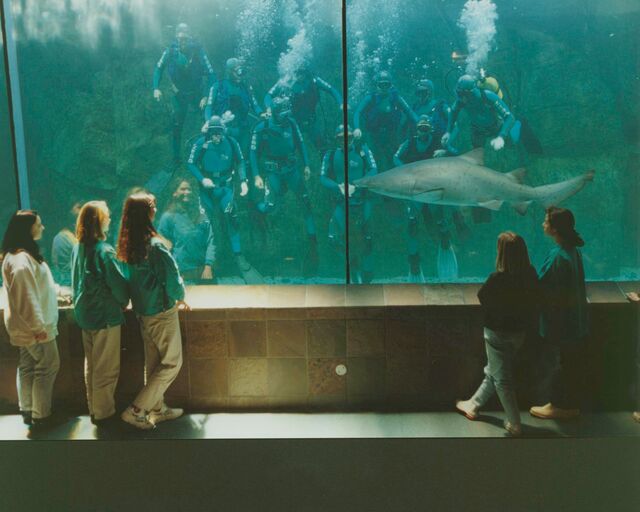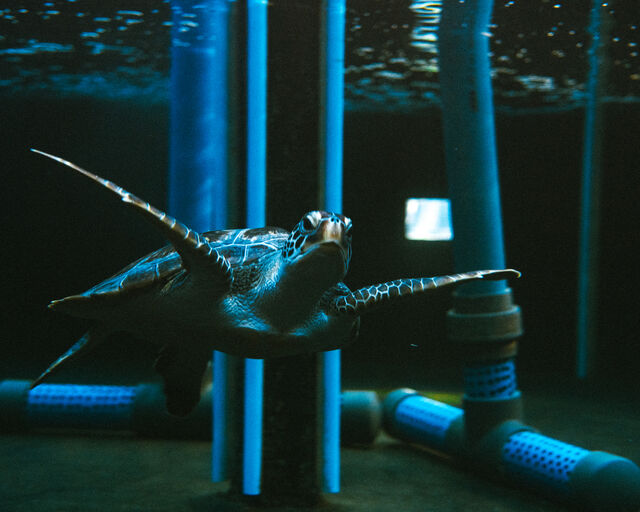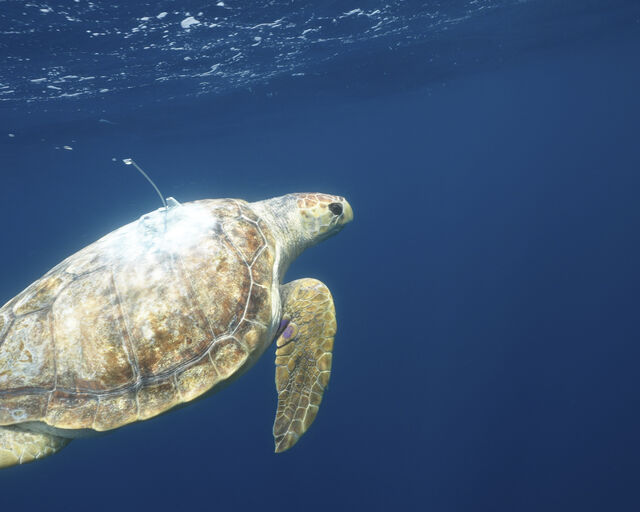Marine animals of all shapes and sizes can be found at the Two Oceans Aquarium. This includes animals of all shapes, sizes, colours, and even personalities. Each one is special in its own right. So, let's take a look at seven fascinating facts about some of the animals you'll SEA on your Aquarium visit:
Multicoloured Nemos
When you think of a clownfish, you probably think of the cute little orange fish you saw in the wildly popular kids film, right? Well, did you know that clownfish appear in a variety of different colours?
You will find the Amphiprionocellaris or Western common clownfish on your Aquarium visit - and those colours are indicative of the Red Sea and East African ones only. However, there are at least 30 different species of clownfish, all with lots of regional variation in colour and pattern - and black, pink, red and even blue clownfish are pretty common in the wild!
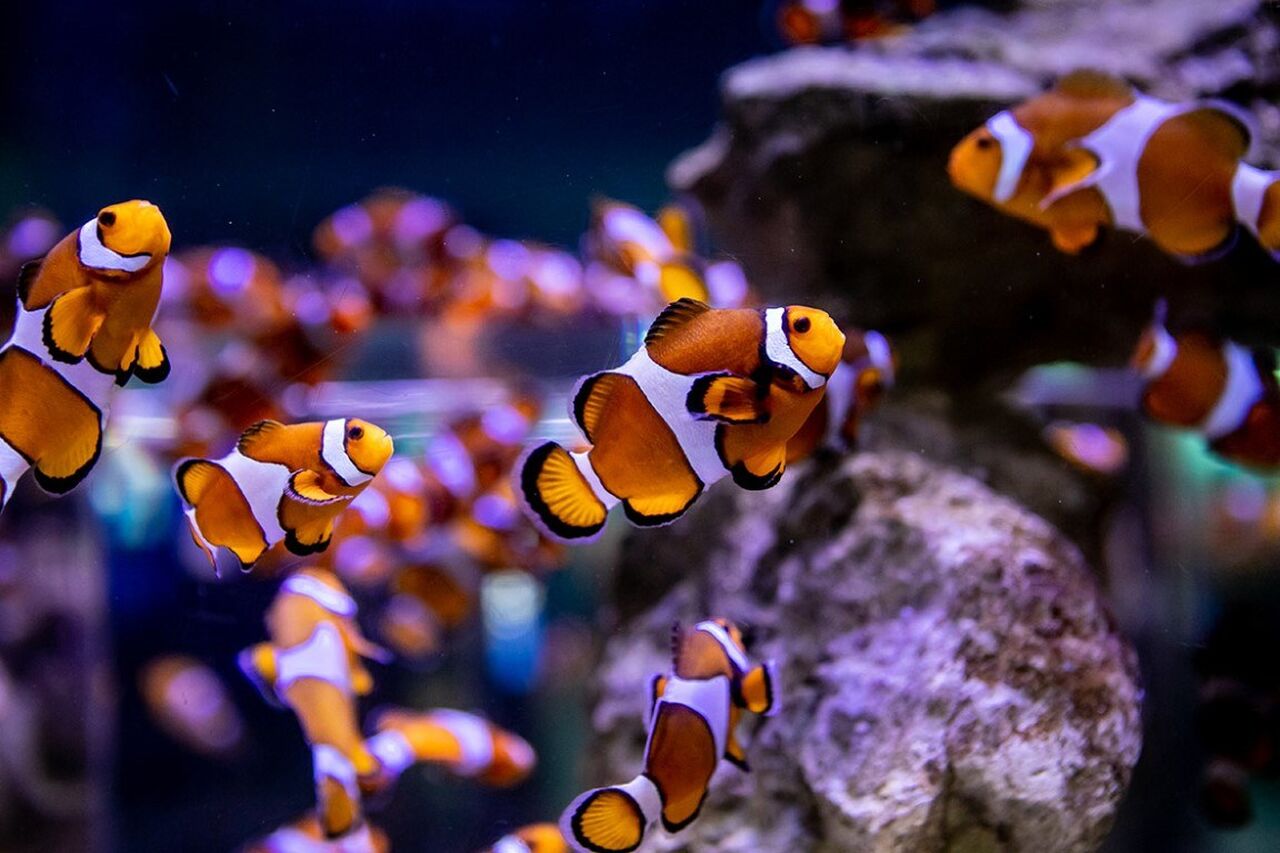
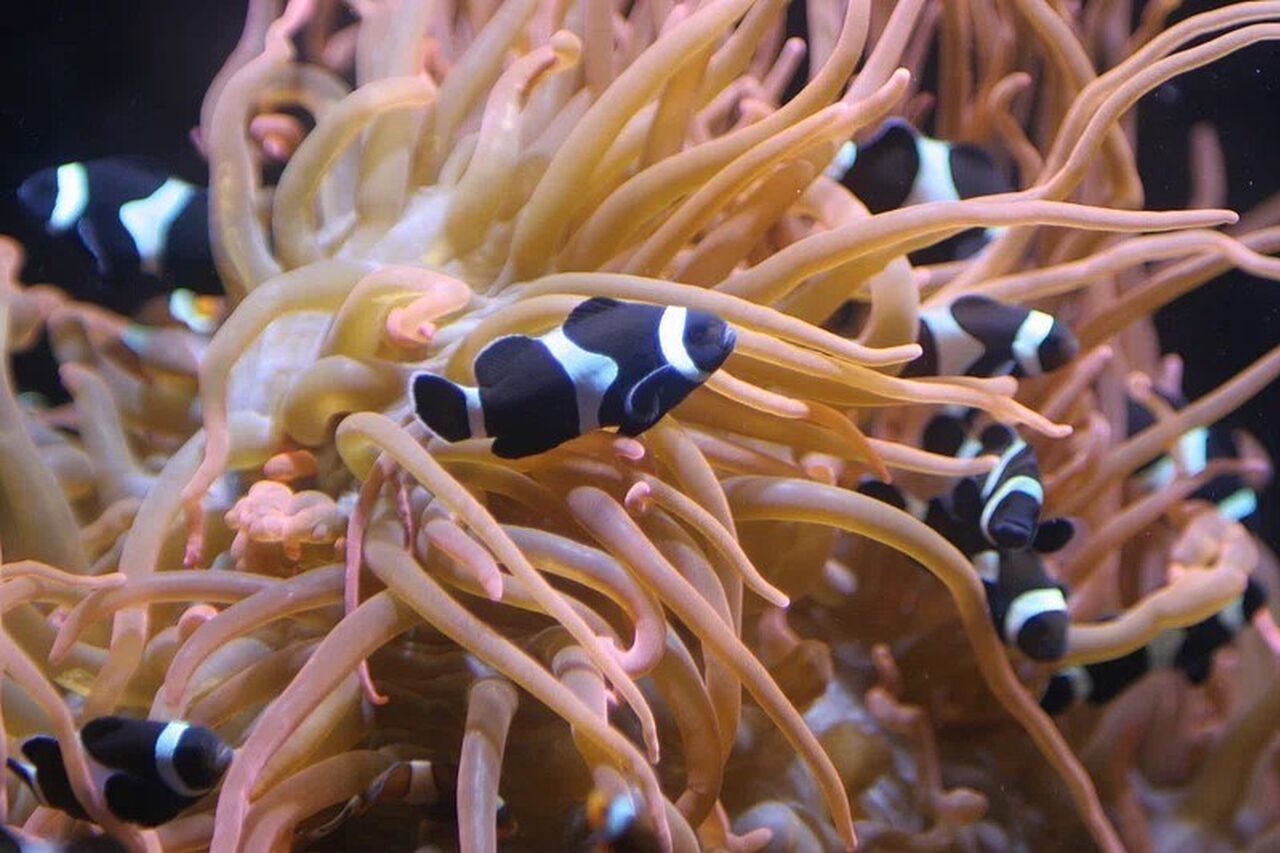
Blink and you'll miss it!
If you’ve seen these animals move and concluded that they do everything at a slow pace, then you’re mistaken. Jellyfish possess stinging cells known as nematocysts that fire small, venom-filled barbs called cnidae. The process whereby these cells are fired is the quickest biological event in nature.
The venomous cnidae accelerate at about 5.4 million times the force of gravity when it's fired! If you’re not sure how fast that is, we’ll help. Imagine a car accelerating from zero to 100km per hour in just 0.00000006 seconds! It's also faster than a blink of an eye, which typically takes about 0.3 seconds. A box jelly sting can exert pressure of up to 7.7 gigapascals on its prey, which is about 350 times the pressure of an armour-piercing rifle bullet striking a hard target. As the cnidae are quite small, there is not enough force for us to feel that pressure although it is enough to pierce the skin of most animals.
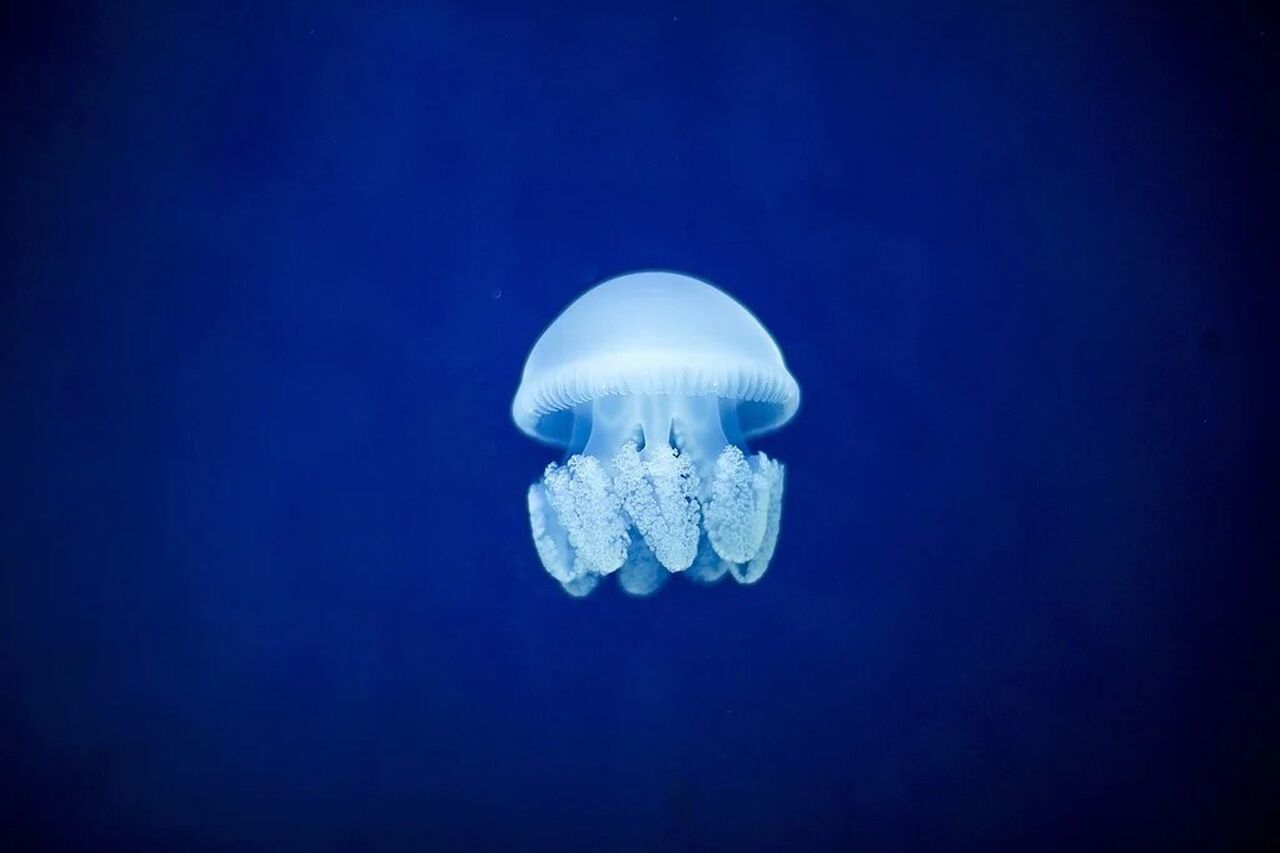
The national fish of South African
Did you know that South Africa's national fish lives inside the Two Oceans Aquarium? Come and meet the galjoen!
The suggestion to make the galjoen the national fish of South Africa was first put forward by Margaret Smith, the wife of legendary South African ichthyologist J.L.B. Smith (the scientist who confirmed the identity of the first-ever present-day coelacanth and father of generational maths guru William Smith). Margaret Smith wanted to find the marine equivalent of the springbok - a uniquely South African animal that was as iconic as it was special.
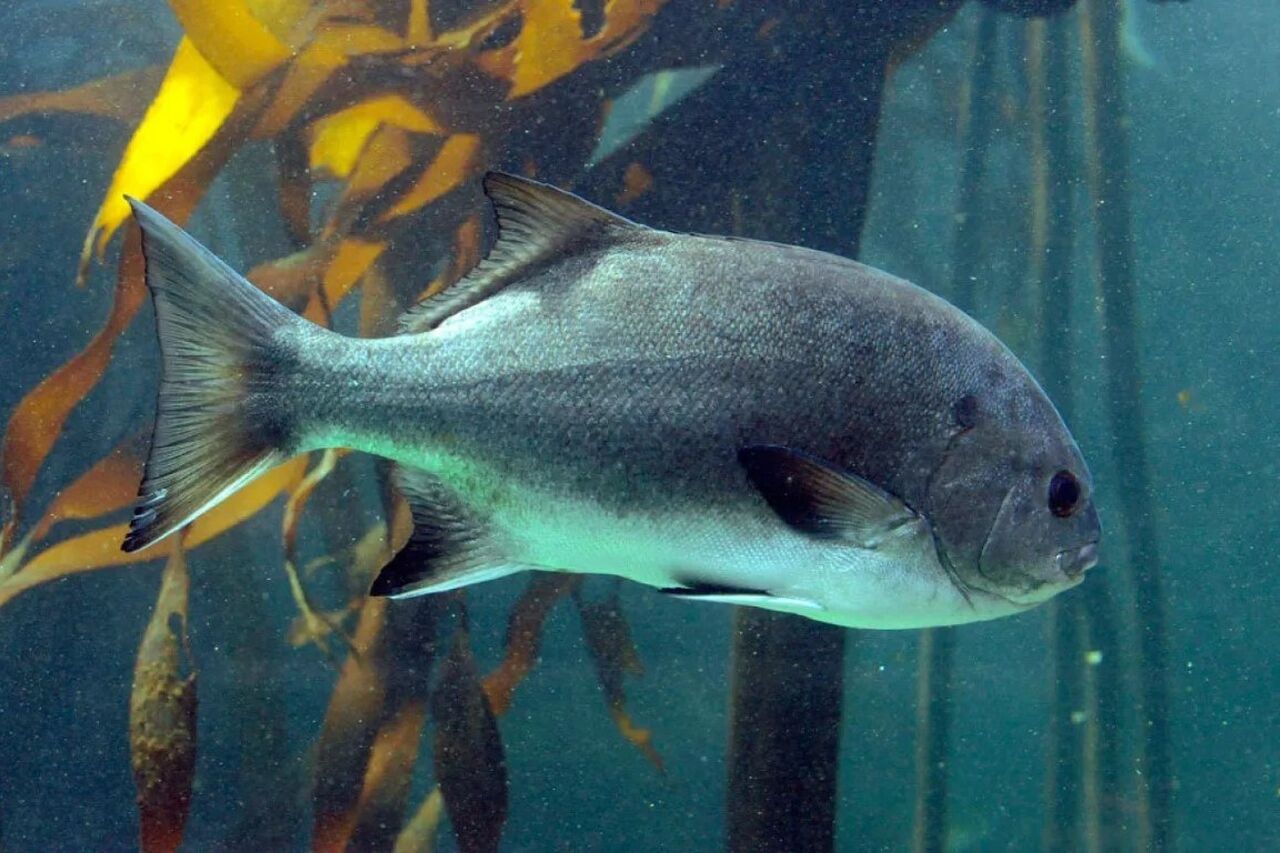
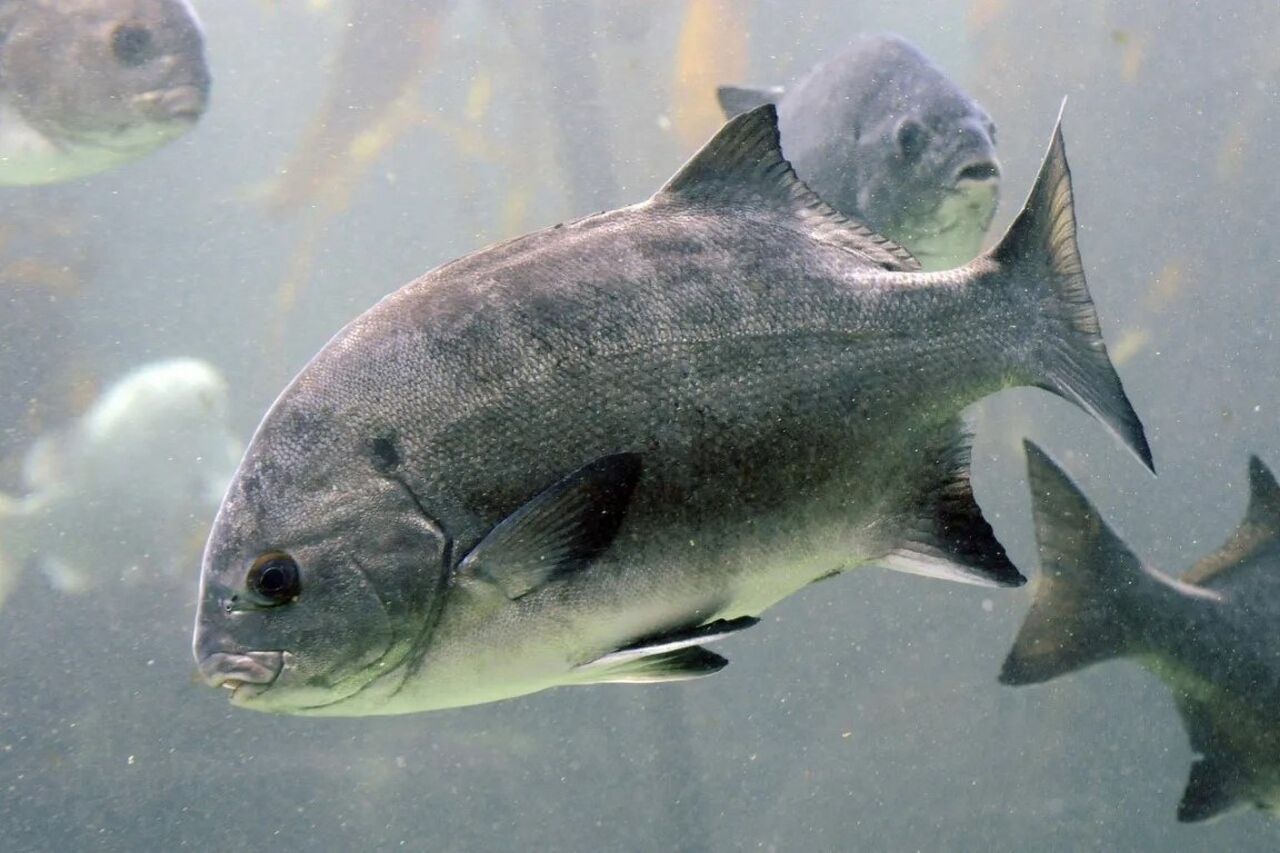
Pearly whites
You can tell a lot about sharks simply by looking at their teeth – revealing their diets and, by extension, their lifestyles. While public perception about sharks is often quite negative, with their teeth viewed as "weapons", the reality is that just like the teeth in our omnivorous mouths, shark teeth are specialised for their diets, and by looking at them, scientists can tell what is on a shark's menu (it's not us).
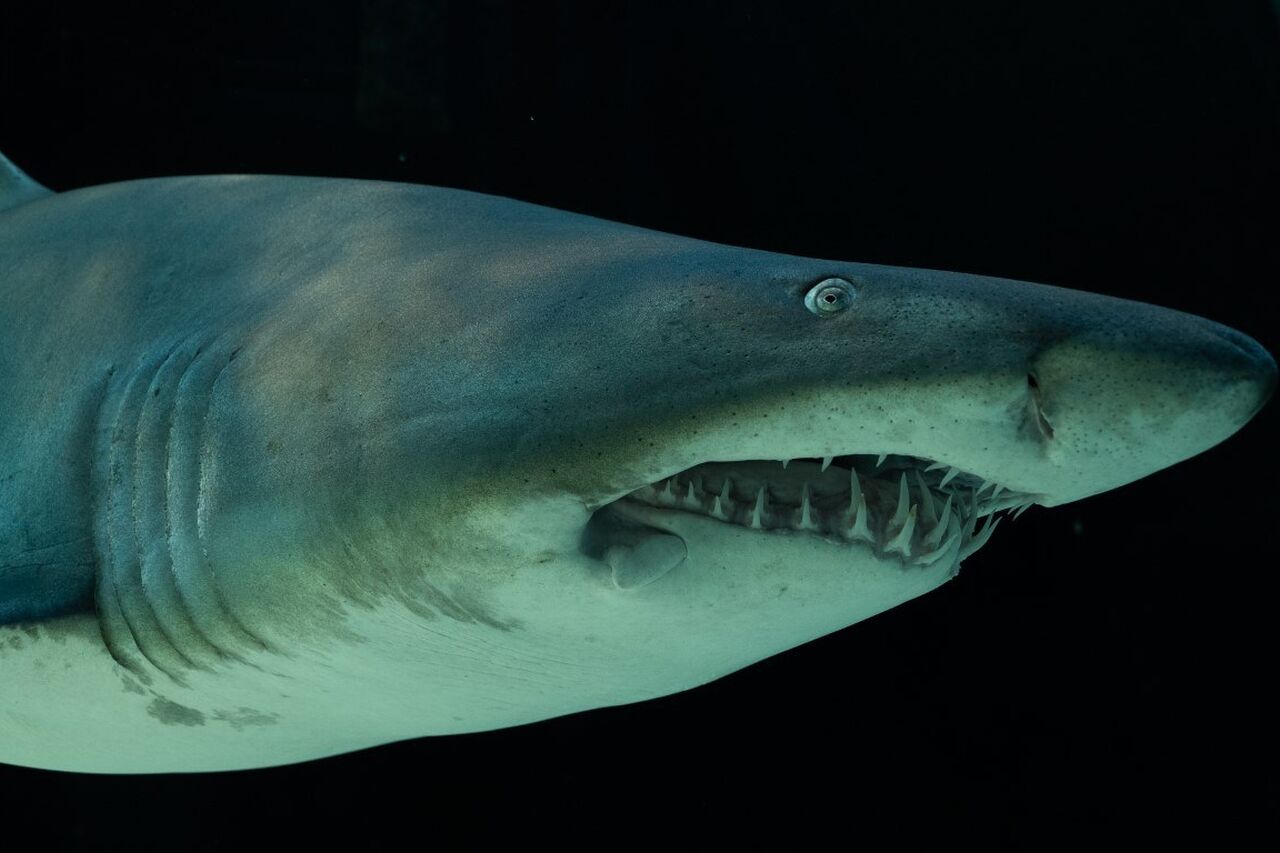
The might anemone sting!
Strawberry anemones pack a mighty punch! Or should we say sting? They have tiny stinging cells that are not visible to the naked eye but can be seen clearly under a microscope (much like the one at our Microscope Exhibit).
Anemones inject poison into their prey through barbs located in their tentacles, which fire on contact (but don't worry, human skin is too thick for most anemones to harm). They also secrete a special slime to protect themselves. This slime prevents the stinging cells on one tentacle from firing when they come into contact with another tentacle or with the anemone's own body.
Spot the sleeping pufferfish
Keep an eye out on the sandy floor of the Dwarf Pufferfish Exhibit – these quirky little fish often sleep during the day by burying themselves into the sand with just their eyes exposed! This is an excellent way to avoid predation, as their colouration helps them to camouflage perfectly with the sand.
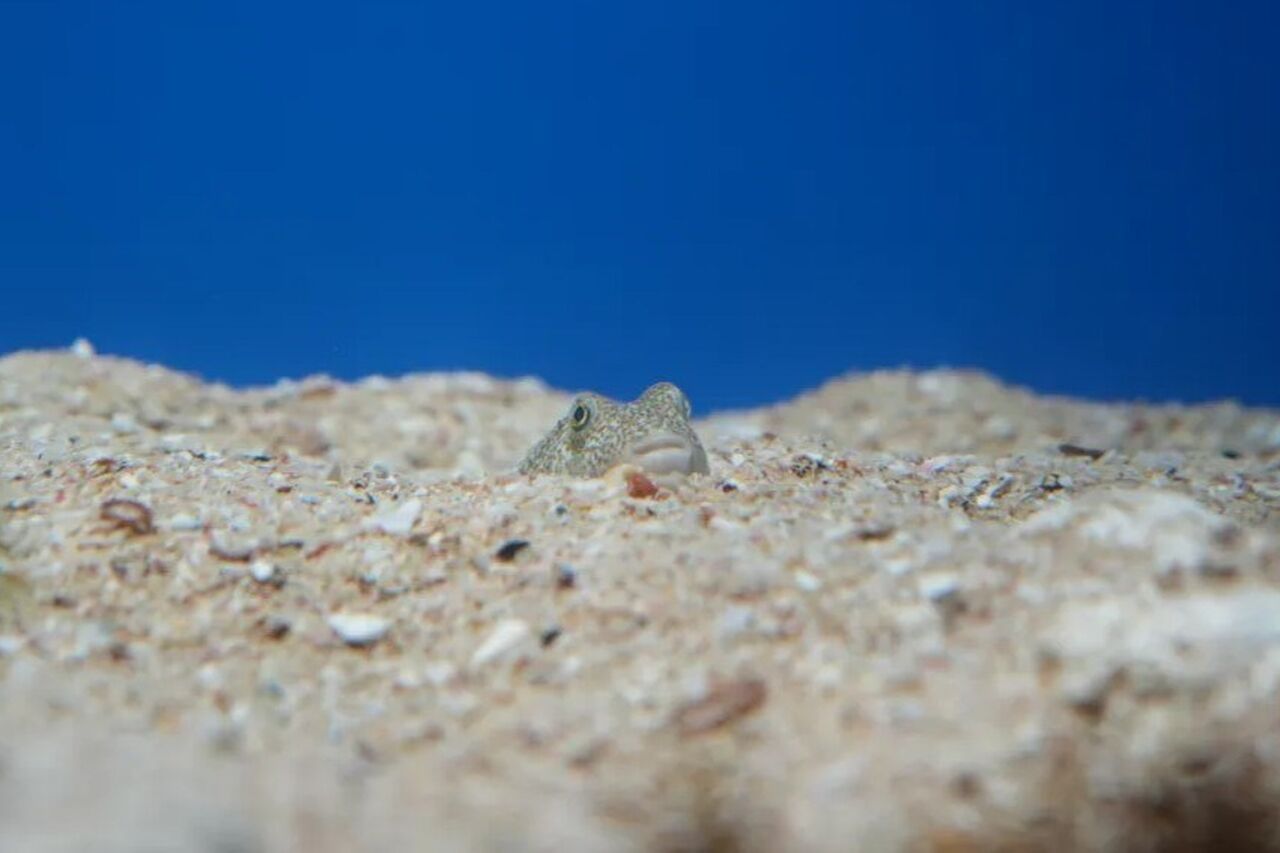
The life of a lobster
With slow growth rates and a lifespan of about 50 years, West Coast rock lobsters have a fascinating lifecycle.
Female rock lobsters carry their orange eggs on tiny hairs beneath their tails (this is when they are “in berry”). After 80 to 90 days, the eggs hatch and produce tiny, transparent, spider-like larvae called naupliosoma. Later, these larvae moult and become phyllosoma larvae with long, hairy legs.

Now that you've learned some cool facts to share with your friends and family, its time to learn some more! Visit the Two Oceans Aquarium ASAP and learn all about your favourite animals.
SEA YOU SOON.
Related News
Sign up to our Newsletter
Receive monthly news, online courses and conservation programmes.
